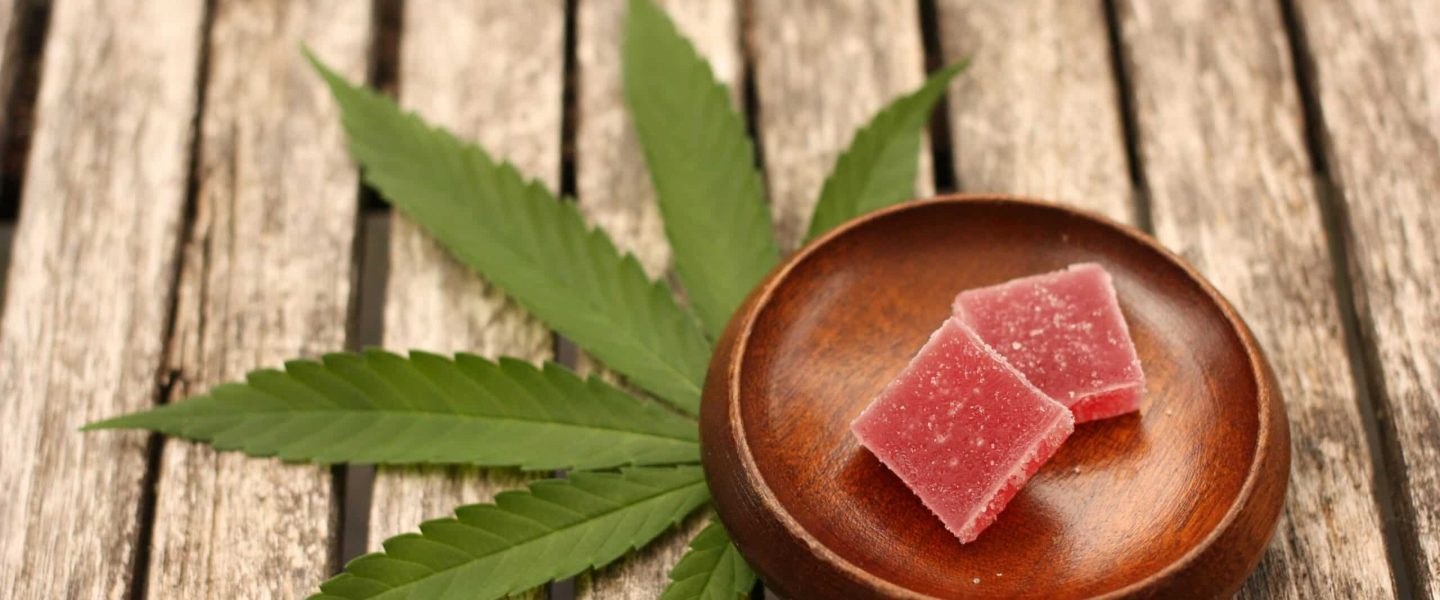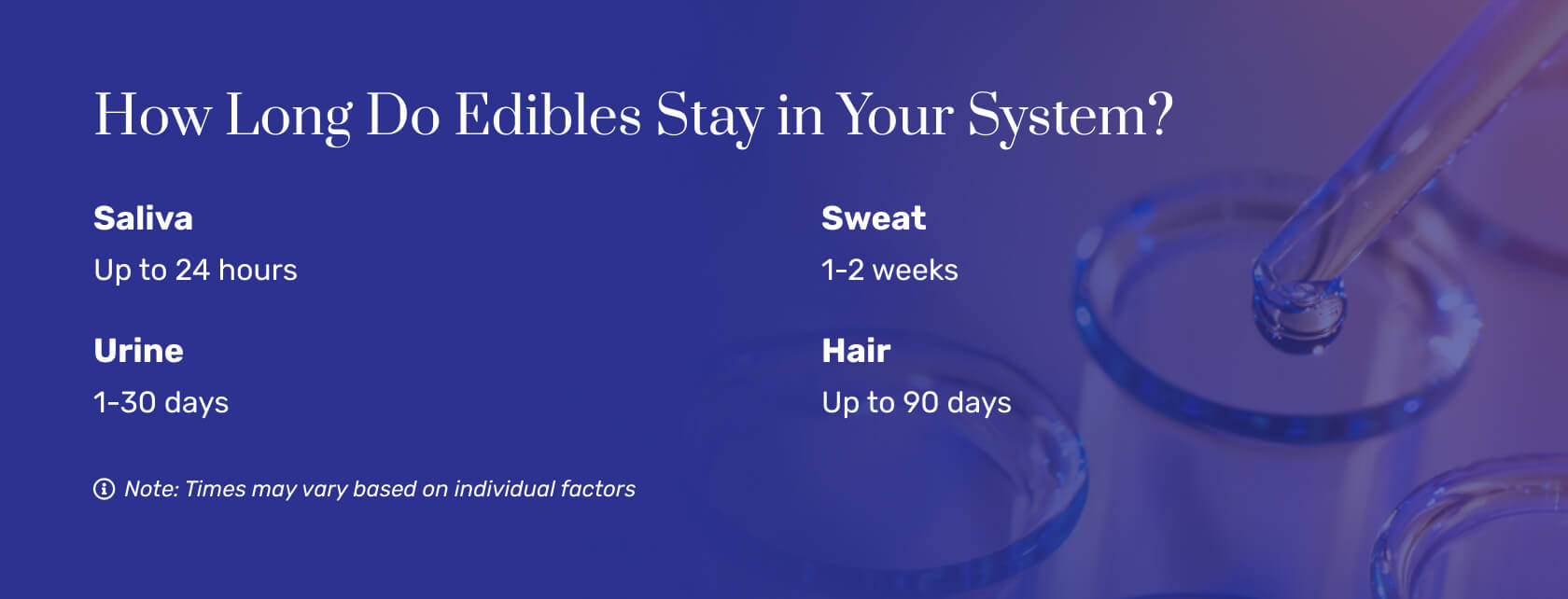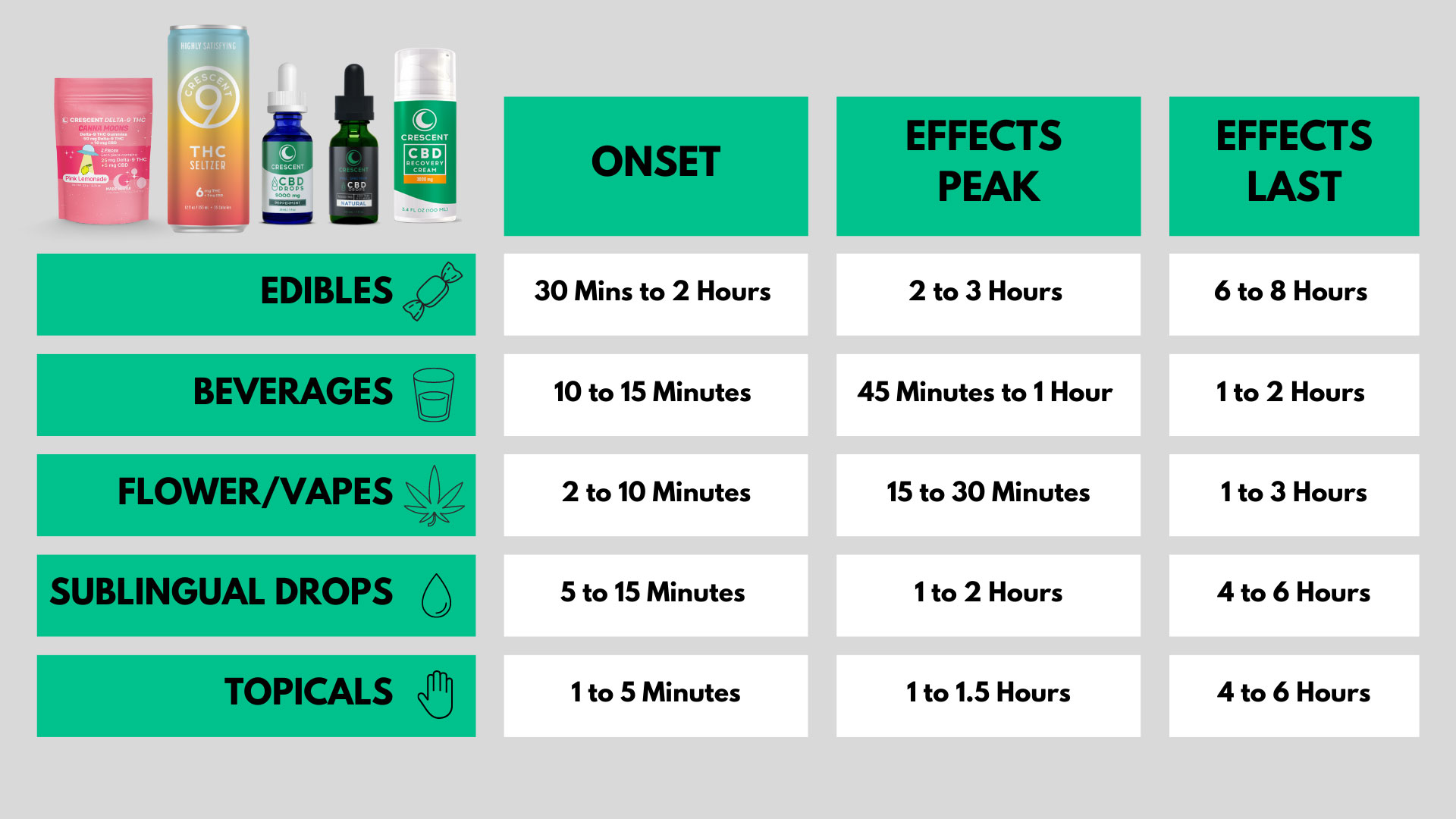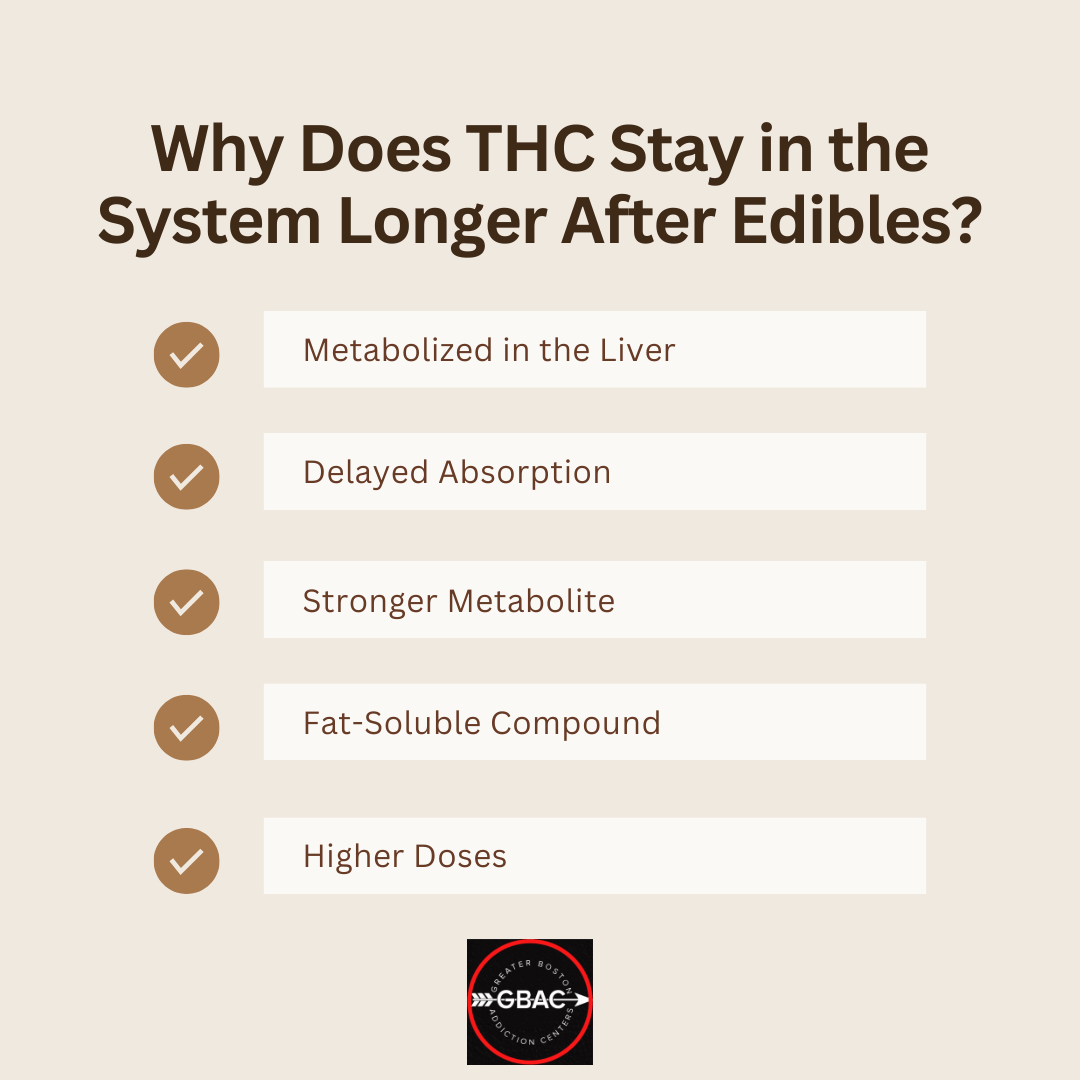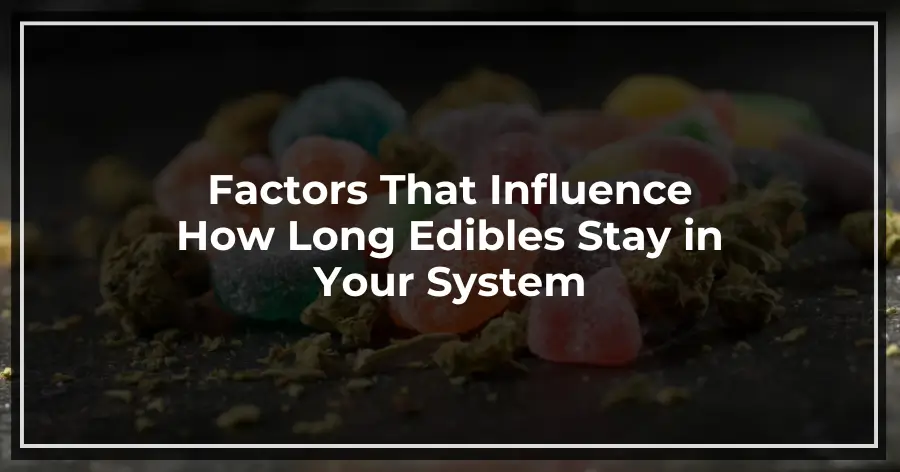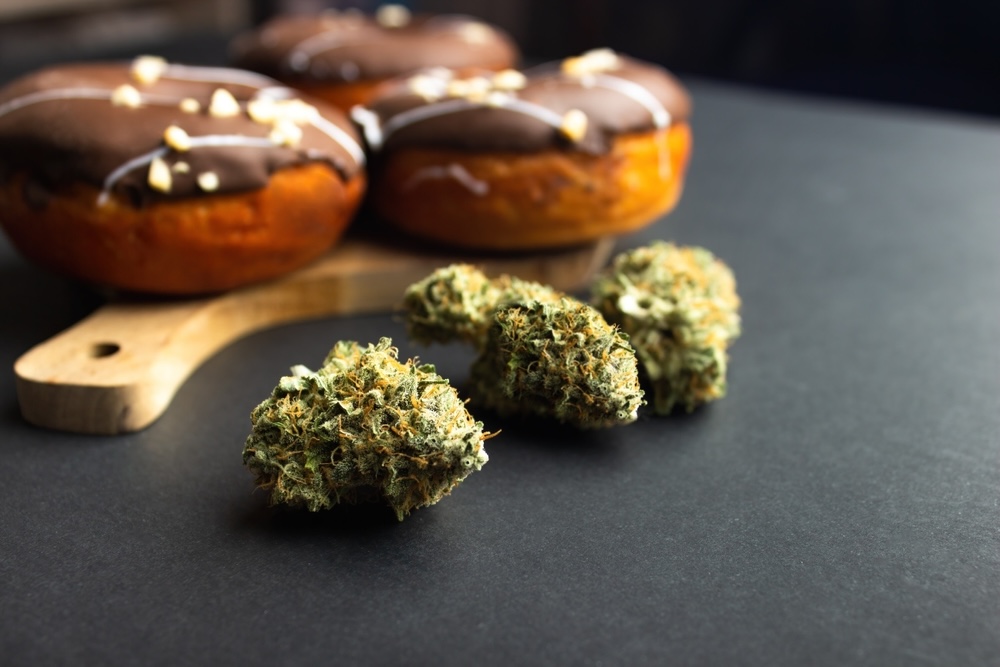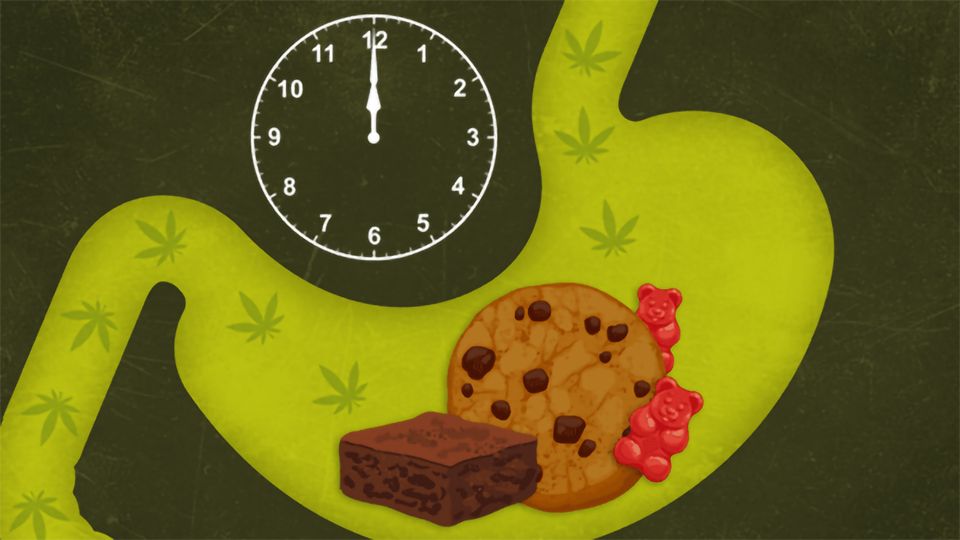How Long Do Edibles Stay In Your System 5mg
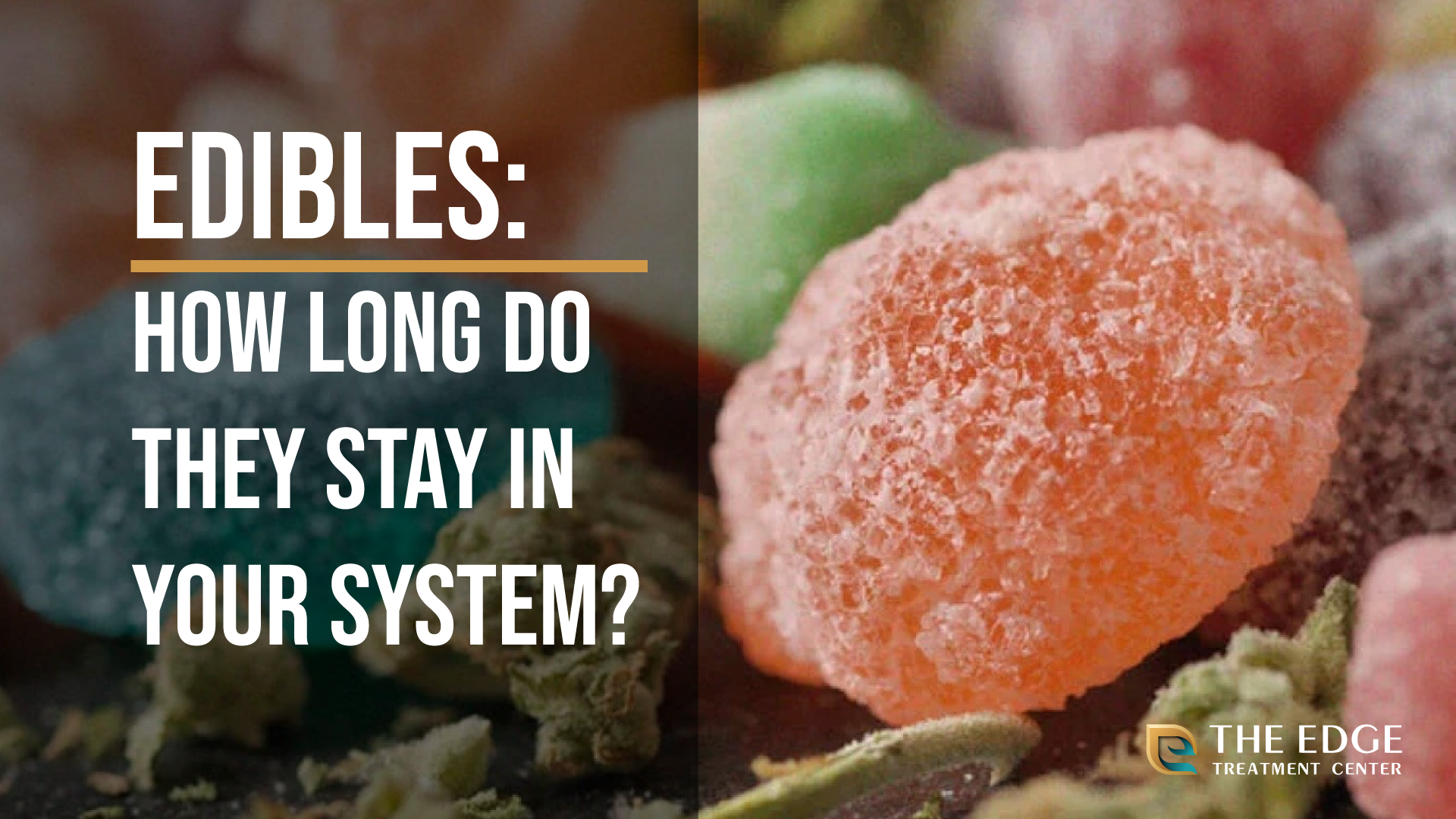
The gummy bear, the chocolate square, the discreet mint – edibles have revolutionized cannabis consumption, offering a smoke-free alternative with a delayed, often more intense, experience. But this very characteristic, the delayed onset and prolonged effects, also raises a critical question: how long does a 5mg edible stay in your system? The answer isn't straightforward, influenced by a complex interplay of factors that make predicting detection windows a challenge.
This article delves into the science behind edible cannabis metabolism, exploring how THC, the psychoactive compound, is processed differently when ingested compared to inhaled. It will examine the various factors that influence how long 5mg edibles remain detectable in urine, blood, saliva, and hair follicle tests, providing a comprehensive overview of this increasingly important topic.
Understanding Edible Cannabis Metabolism
When you smoke or vape cannabis, THC enters your bloodstream rapidly via the lungs. Edibles, however, take a different route.
They're absorbed through the digestive system, traveling to the liver where THC is metabolized into 11-hydroxy-THC, a more potent and psychoactive compound.
This metabolite then re-enters the bloodstream, leading to a longer-lasting and often more intense high than inhalation methods.
The Role of 11-hydroxy-THC
11-hydroxy-THC's increased potency is a key factor in the extended duration of effects and the prolonged detection window of edibles. This compound crosses the blood-brain barrier more easily than delta-9 THC, resulting in a stronger psychoactive impact.
Because it is also a primary metabolite, drug tests often screen for this compound, contributing to the detection window.
Factors Influencing Detection Time
Determining how long a 5mg edible stays in your system is not a simple calculation. Individual metabolic rates, body composition, and frequency of cannabis use all play significant roles.
Metabolism and Body Composition
A person's metabolic rate directly influences how quickly their body processes and eliminates THC and its metabolites.
Individuals with faster metabolisms will generally clear cannabis from their system more quickly than those with slower metabolisms.
Body fat also plays a role, as THC is fat-soluble and can be stored in fatty tissues, leading to a prolonged release and detection window.
Frequency of Use
Infrequent users of cannabis will typically eliminate THC and its metabolites more quickly than chronic users.
With regular consumption, THC can accumulate in the body over time, extending the period of detectability.
Even a low dose of 5mg can potentially be detected for longer periods in individuals who use cannabis frequently.
Dosage and Individual Sensitivity
While this article focuses on 5mg edibles, it’s important to acknowledge the wide variability in individual sensitivity to cannabis.
Some individuals may experience stronger effects from a 5mg dose than others, influencing how long the effects last and how long THC remains detectable.
Detection Windows in Different Tests
Different types of drug tests have varying detection windows for THC and its metabolites.
Urine Tests
Urine tests are the most common method for detecting cannabis use. For infrequent users, THC metabolites can be detected in urine for approximately 3-7 days after a single 5mg edible.
However, for chronic users, detection windows can extend to 30 days or even longer.
These ranges are estimates, and individual results can vary significantly.
Blood Tests
Blood tests have a shorter detection window compared to urine tests. THC itself is typically detectable in the blood for only a few hours after consumption.
However, THC metabolites, including 11-hydroxy-THC, can be detected for up to 1-2 days, depending on the frequency of use and individual metabolism.
Saliva Tests
Saliva tests generally detect THC for a shorter period than urine or blood tests.
After consuming a 5mg edible, THC may be detectable in saliva for up to 24-72 hours, depending on factors like oral hygiene and the specific testing method used.
Hair Follicle Tests
Hair follicle tests offer the longest detection window, potentially detecting cannabis use for up to 90 days.
However, these tests are less commonly used for routine drug screening due to their cost and complexity, and their accuracy can be affected by factors such as hair color and hygiene.
Legal and Ethical Considerations
The legality of cannabis varies widely depending on location, and even in jurisdictions where it is legal, employers may still have policies prohibiting its use.
It is crucial to understand the legal landscape and workplace policies regarding cannabis use before consuming any cannabis products, including 5mg edibles.
Furthermore, individuals should be aware of the potential consequences of testing positive for THC, which can range from job loss to legal penalties.
Conclusion: Navigating the Complexities of Edible Detection
Determining how long a 5mg edible stays in your system is not an exact science. A multitude of factors influence the detection window, making it difficult to provide precise timelines.
While general estimates can be provided, individual experiences can vary significantly, highlighting the importance of understanding the factors that influence cannabis metabolism and detection.
As cannabis laws and testing technologies evolve, continued research and education are crucial to ensure informed decision-making and responsible consumption.
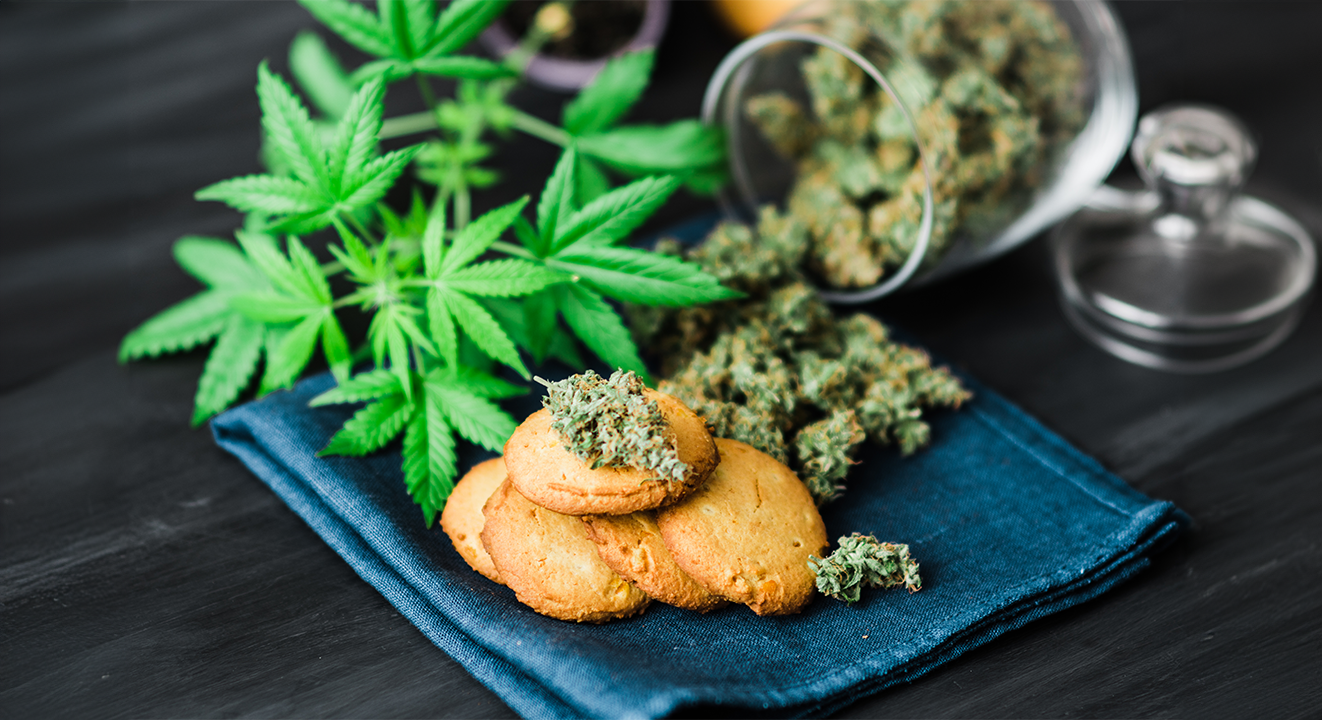
![How Long Do Edibles Stay In Your System 5mg How Long Do Edibles Stay In Your System? [1571f6]](https://i.ytimg.com/vi/pt6_Inu8nDk/sddefault.jpg)
